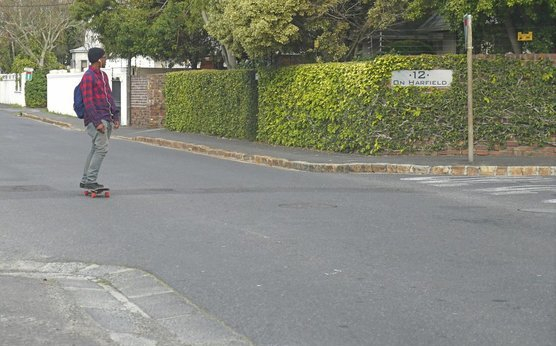South Africa today. A ZAM special
More than two decades after South Africa’s transition to democracy the country is in disarray. The ideals of a revolution – non-racialism, non-sexism, non-tribalism and a constitutional democracy – are being betrayed by an elitist faction under the leadership of president Jacob Zuma. New divisions are being sown to divert attention from greed, abuse of power and intimidation. It’s ‘us’ against the West, says Zuma.
But South Africans are an activist lot. Protest is part of many people’s DNA. And so they march and toyi-toyi. Vigilant media expose one scandal after the other. Independent judges call the abusers to a halt.
In this special issue, ZAM’s investigations editor Evelyn Groenink explores the developments of today. Based in South Africa, Groenink presents an impressive eye witness account of a country between ‘bitter almonds and good hope.’
The reference to ‘bitter almonds,’ drawn from the historical fact that Dutch coloniser, Jan van Riebeeck, once planted a hedge of bitter almonds as a boundary between his Cape Colony and the parts of the land where the ‘natives’ were, -the first actual apartheid boundary in the country-, caused the ZAM team to match Groenink’s work with a photo collage by Dutch visual artist Judith Westerveld. Westerveld’s work ‘Echolocation’ is a quest to trace the same ‘hedge of bitter almonds’ in present-day South Africa.
Using historical maps to travel by car along the route of the erstwhile hedge in 2015, Westerveld traced the hedge in its urban sprawl of one-ways, highways and railways, restricted (military, hospital, astronomical) areas, public parks and private properties. She took photographs of several locations where the hedge used to run, and added observations and personal reflections to the work. In the process, she found and documented echoes of the ‘apartheid’ hedge in constructed barriers, restricted movement and preconceived ways of looking at one another.
While so much has changed, still so much remains the same.


